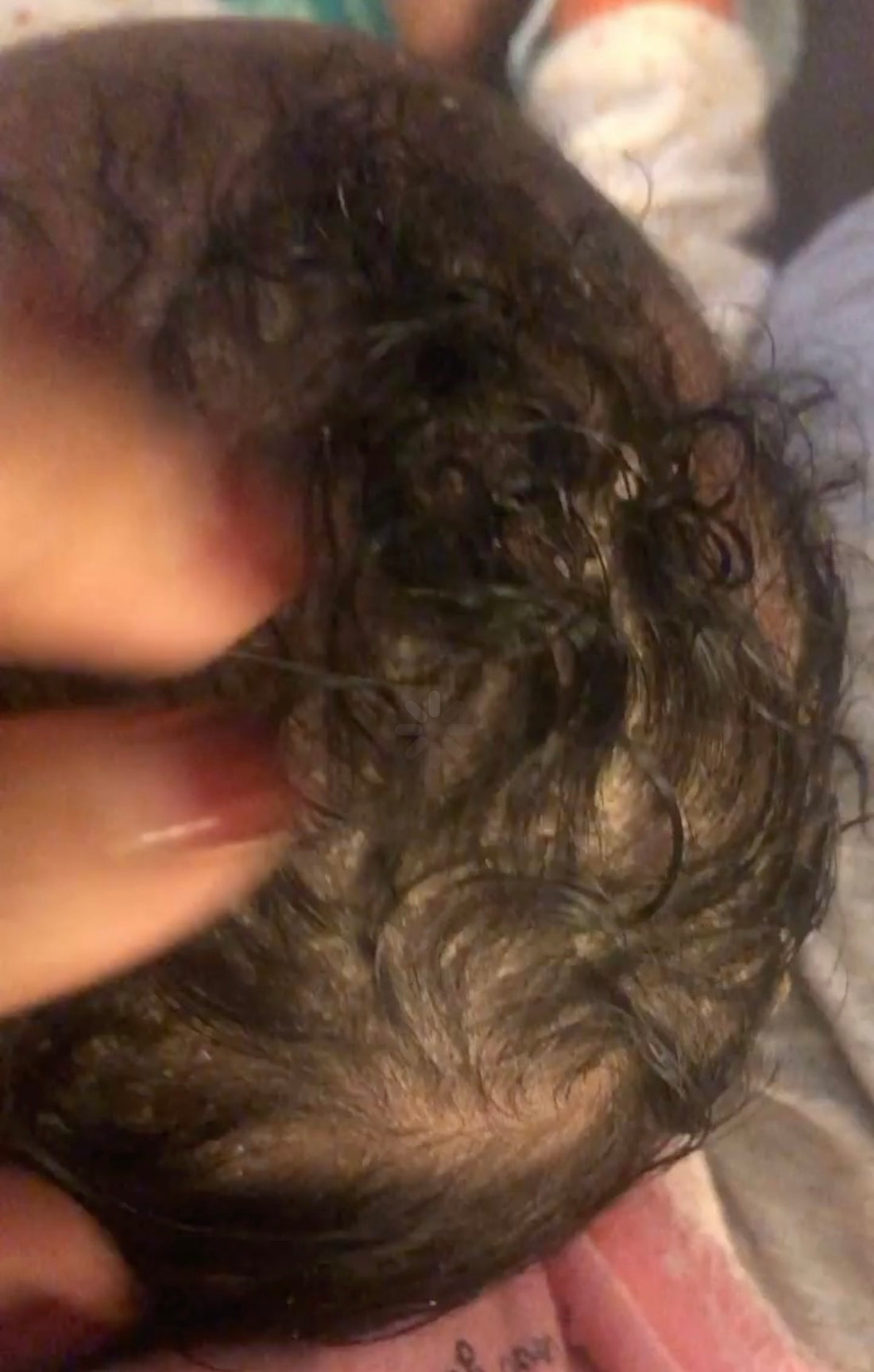How Does Cradle Cap and Dry Scalp Differ?
Scalp irritation is a nuisance. Adults can barely tolerate it, so we can easily understand how a parent can cringe at the sight and the thought of discomfort their baby may be experiencing as a result of cradle cap or a dry hair and scalp condition.
They have at least one common characteristic: flaky skin. There are a few things that differ between the two conditions.
Dry Scalp
It is precisely what it sounds like: dry, flaky skin on their delicate scalp. It's extremely common and should be a reason to sound the alarm. A few factors that cause dry scalp in infants and babies include:
- Washing hair and bathing too frequently
- Long bath times/ sitting in water too long
- Lack of moisture on hair and scalp
- Product residue
- Using harsh hair care products
Signs include a dry, flaky scalp, slight inflammation, and discomfort. If you see these signs on your baby follow these simple steps. Try not to wash your baby's hair every time you bathe them. Be sure to hydrate and moisturize their scalp using natural products preferably a liquid leave in product and light oil moisturizer. Do scalp massages frequently and always protect their hair with a satin bonnet. Choose products that are suitable for the texture of your child's hair looser textures require light products (styling mousse, light oils) thicker texture require heavier products ( creams, heavy oils).

Cradle Cap
Consider it the not-so-friendly twin to a dry scalp. At its core, the condition is the same, but it's a step further. Unlike a dry scalp, the cradle cap may be much thicker and accompanied by oiler sections on the scalp where present.
It typically stems from the overproduction of the natural oils of the scalp. The condition is common, and nearly 70% of infants experience it before three months.
While unsightly, it's surprisingly less, if any at all, likely to cause discomfort for your baby.
You can also grab our cap the cradle hair kit and follow these 3 simple steps repeatedly until the cradle cap has disappeared. Step 1- saturate the hair with light oils, this will help to lift the scales from the scalp due to cradle cap. Step 2- use our cap the cradle brush in a gentle massage motion to help lift the scales gently. Use a gentle mild shampoo to wash the hair. Step 3- Use a liquid leave in hydration conditioner to help refresh snd repair the scalp from lifting the scales. Repeat as necessary at least 3 times a week until resolved. Use a satin bonnet to protect the hair at night.
However, if present for a prolonged period, you may consult with your child's healthcare provider.
Are you looking for delicate baby hair care products for your baby? Visit NyRose Naturals for a selection of premium products created for tiny scalps.

